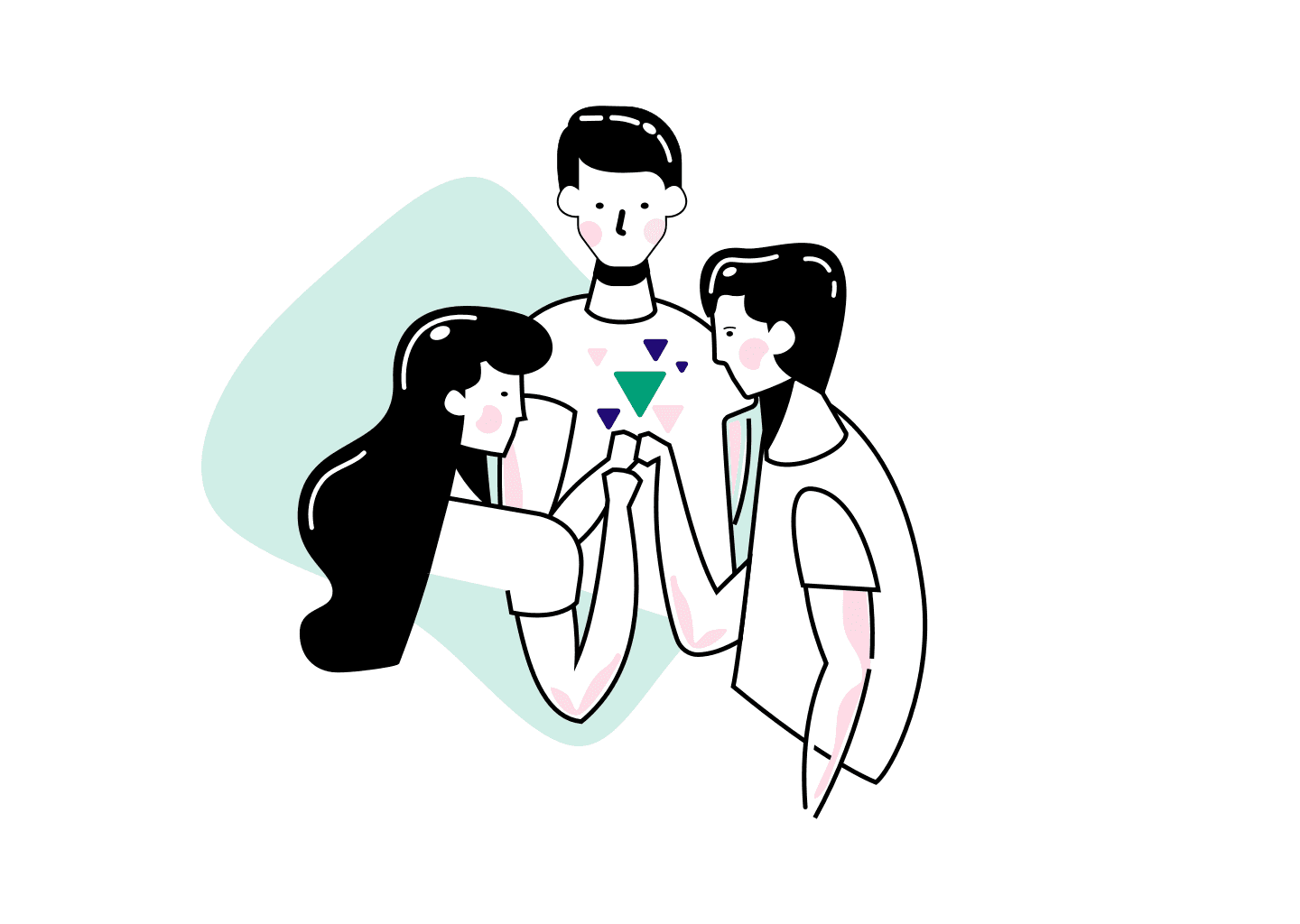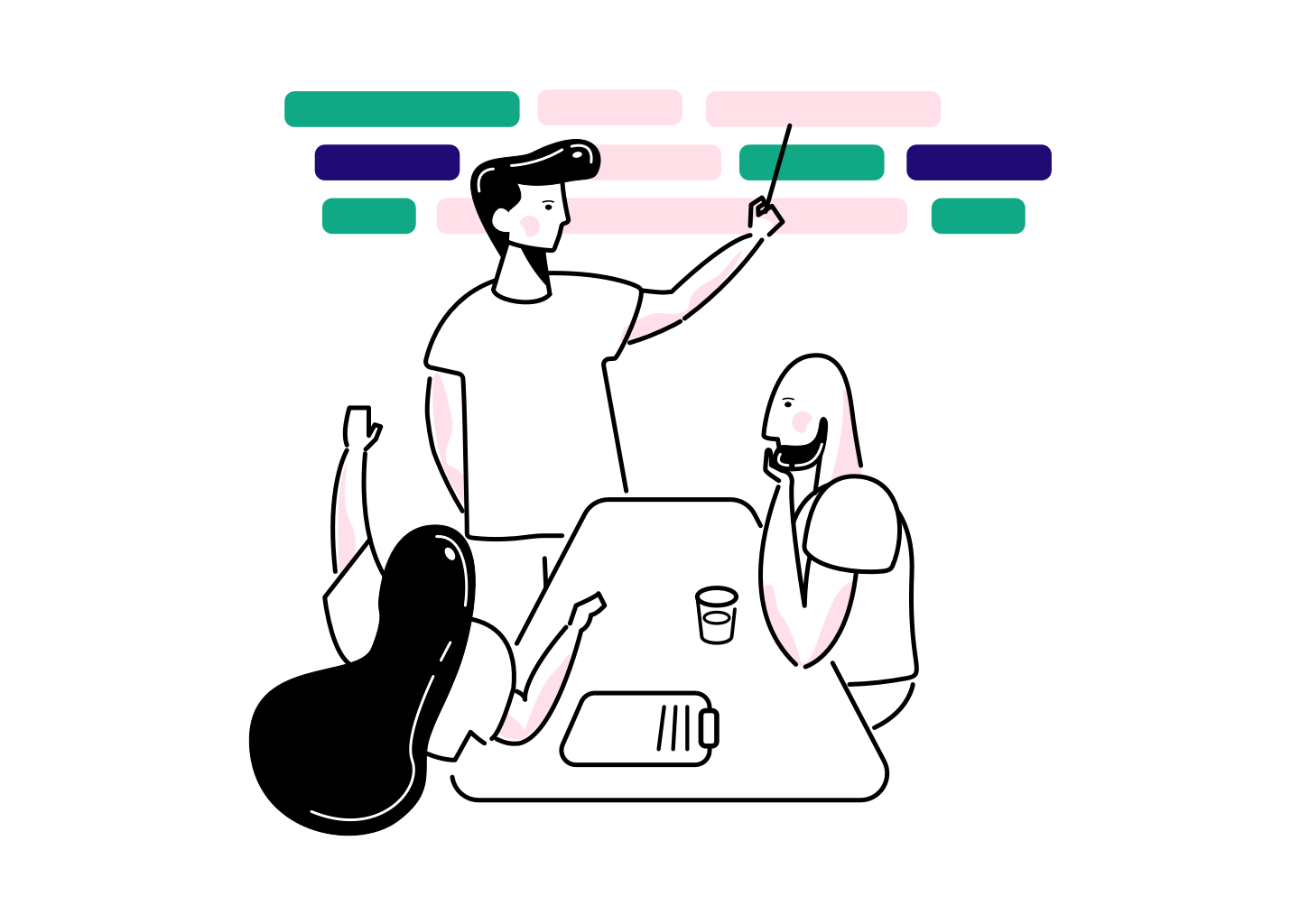How to create meaningful digital products?
The value of design has been discussed a lot in the recent years. It’s widely recognised that design is a critical factor in creating successful products and services. We’ve seen the role of design shift from simply making products more attractive to a way of thinking and driving the whole company culture, placing design and the customer much closer to the center of companies.

Designers have traditionally been working with physical products. As all businesses are becoming heavily software driven and today's customer experience between brands and their customers is based more and more on digital touchpoints — the term product design is applied to digital products and services as well.
With this shift - the quest for uncovering and creating meaningful digital products and services has become the precious goal every company and startup is chasing after.
But what exactly is a digital product? Here are a couple of simple definitions:
Digital products are any form of software-enabled product. They use pixels to deliver some kind of functional value to the end user – they make something useful happen. — Ewan Collinge
Digital product is a software enabled product or service that offers some form of utility to a human being. — Jules Erdhart
Note the words Useful and Utility.
Working on digital products includes all the activities needed to bring the product to market — business strategy, research, concepting, design, engineering, product management, marketing and growth hacking. It’s a complex game with many stakeholders and opinions.

That’s why building great digital products is really hard. Probably everyone who has done some digital product work agrees.
Let’s take a look at some ideas on how you can maximise the propabilities for success.
Focus on customer value
One of the biggest decisions regarding your digital product or service development is actually one of the first ones. What exactly is the problem we are solving for the customer? Is the idea for the product something that rises from your organisation internally or is it based on some real evidence, customer insight or weak signals from the market? What is the desired outcome of the new product? Does it lower some customer effort & save time — or in the best case, could it create some new ways of thinking, working and living, and change someone’s day or routines for the better?

For a successful digital product or service, it doesn’t matter how well designed and pixel perfect it is, if it fails to offer some real tangible value for the customer.
1) Validate your problem - is it viable?
The first stage in the process of creating new digital business and service should always be the problem validation. Start with aligning the problem with your overall business strategy & vision. Does the problem we are solving make sense for our business and company? Is it in line with our strategy and mission? Could we create some viable business on it?
The other part of the problem validation is all about user and market research, gathering insights about your users, their lives and the competition around the same problem space. This is the part that’s most frequently left out, neglected or done in a hurry. Don’t assume - get our of the building, interview people, talk with your customer service - be creative!
2) Validate the solution - is it desirable?
Once you are sure you are working on the right problem which also has some business potential, its time to start creating different possible solutions for the problem. This is the phase where you dig deeper into the problem space and create multiple different scenarios, outcomes and prototypes of the product or service and gather feedback from the target audience. It’s an iterative process, where your main goal is to learn something new from each hypothesis or prototype and improve the solution based on your learnings.
At Futurice - we’ve combined these stages to a Service Vision Sprint, where a multi-disciplinary team works to find out a problem worth solving using different agile methods and tools. (see Lean Service Creation). Our team designs and validates a solution with the target segment to understand its viability. Based on the learnings different deliverables e.g. a strategy, vision or a concept is created.
3) Minimum Lovable Product
Once you are confident that you have found a desirable concept that solves the problem, it’s time to make a decision about the smallest set of functionalities that we can build and start offering some real value to the users right away. This is called the Minimum Lovable Product, which is based on the concept and it’s used for experimenting and validating the concept together with customers in a real, live environment.
The rest of the the prioritised features left outside the Minimum Lovable Product will be used to create a Product Roadmap, filling the product backlog for the agile development sprints.
4) Product Market Fit
Learnings from the Minimum Lovable Product are used to iteratively develop and define the commercial version of the concept. The purpose is to find the product fit on the market. The proof of the fit is the positive user base growth trend or the steadily growing amount of service signups. A good and simple set of metrics to follow in this early phase is the AARRR Framework also called the ”Pirate Metrics” for growth (Acquisition, Activation, Retention, Referral and Revenue).
Based on the learnings here, we start to scale the team, operation and business — or kill the product if the targets are not met within the agreed timeframe.

5) Engineering & agile development
The whole aim of digital product work is to get the product or service to the market as efficiently as possible. That’s why the way you engineer and deliver your product to the market is at least as important as the concept itself. Modern ways to build digital products and services often include integrated design, development & product management teams, agile methods and continuous delivery. Read more about Holistic DevOps.
Wrapping Up
As all businesses are becoming heavily software driven, It’s widely recognised that design is a critical factor in creating successful products and services.
More and more effort is put on finding the right customer problems to solve and building meaningful digital products to solve these.
Working on digital products is notoriously hard. To maximise your chances for success, invest heavily on the insight and validation phase, talk with your customers, be curious and open-minded. And remember - product design is a never ending process. Build, measure, learn and repeat.
Further reading:
Asking why. 7 questions to uncover real business objectives
Holistic DevOps - it’s not a project and it’s not IT
Lean Service Creation in a nutshell

Lean Service Creation (LSC) methodology developed by Futurice is a combination of things we have learned from hundreds of projects we have done, where digital services have been built with the methods of service design, user-orientation, lean business thinking, agile development and startup mentality.
The model ensures customer-oriented and agile development. Lean Service Creation is one of the first design processes and tools operating under the open source license. The model is constantly developed further with the strength of Futurice’s team dedicated to the issue.
For example, the following companies utilize the model we have created: OP, Elisa, Telia, Wärtsilä, Posti, Kesko, Helen, Tesco, Telegraph, Guardian, Allianz, BMW, Tekes, Finpro, Forum Virium.
 Tuomas HautalaLead Design Strategist
Tuomas HautalaLead Design Strategist

